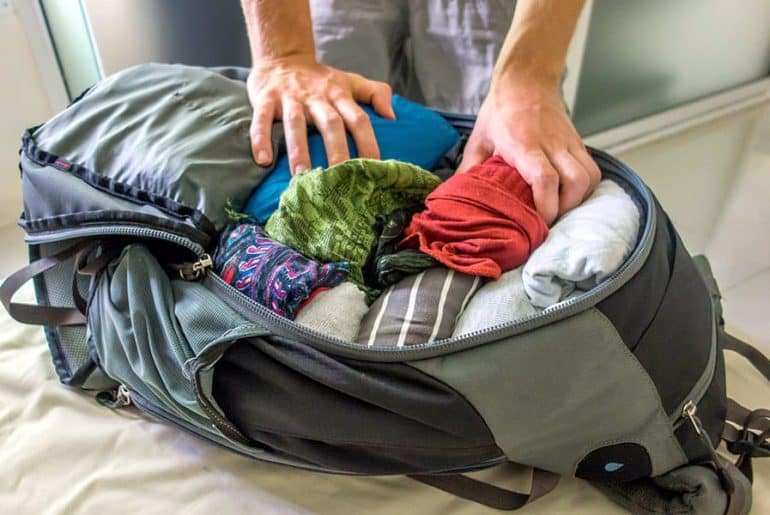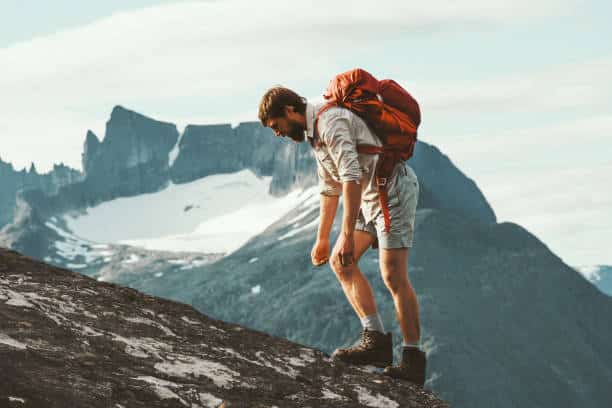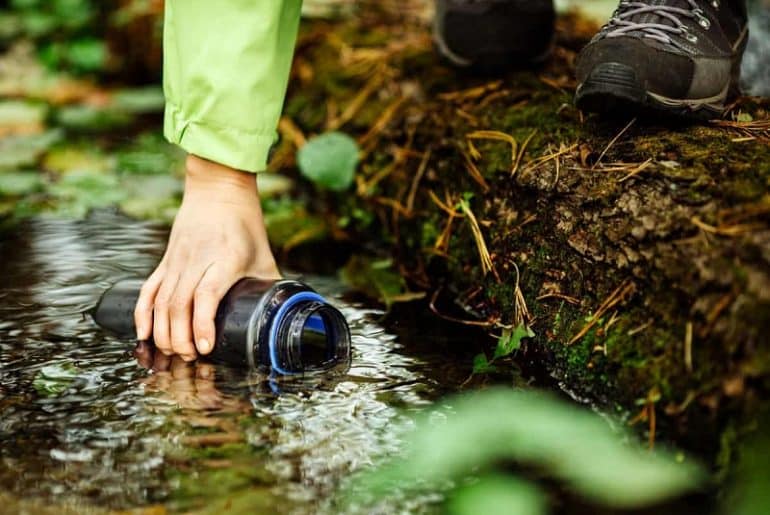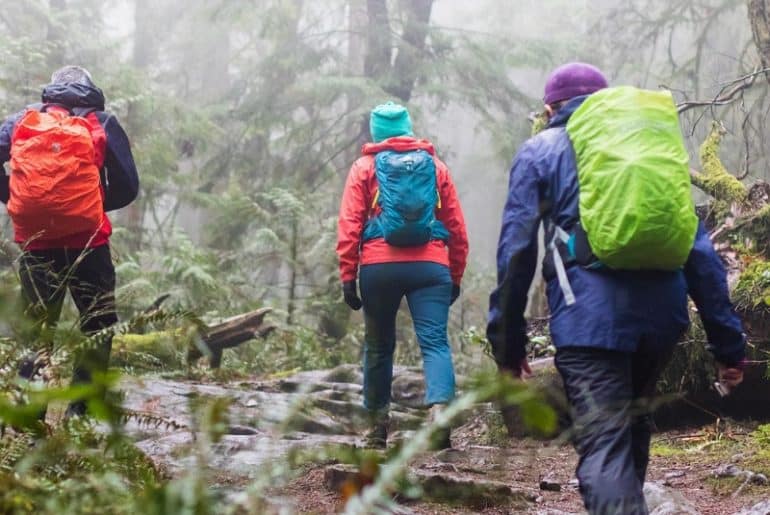Are you planning your first backpacking trip and have no idea what to do or how to prepare? We’ve all been inexperienced backpackers at some point. And, like any novice, even when you think you have done a lot of planning, there is always something that needs reconsideration.
This post will show you all the backpacking mistakes to avoid so you can have a fantastic time outdoors.
What Are the Common Backpacking Mistakes
These are the most typical backpacking mistakes:
Over Packing
Many backpackers, particularly those traveling for the first time, think they need a lot of stuff on the trip. However, this is not always the case. Not only will you be miserable dragging around an overweight backpack, but you will find that you may not need most of the stuff you are dragging around.
It would help if you were vigilant while backing for your trip so that you do not carry unnecessary items like extra clothes, camp chairs, or large cook sets.

While extras can be nice, you do not need all that weight bearing you down as you climb a mountain. Instead, you can opt for clothes with a layering system where you can add, fold, or remove according to the weather conditions, pack no more than 2lbs of calorie-dense food per day, and carry only enough water until the next refill.
Wearing Your Backpack Incorrectly
Wearing your backpack wrong will leave you with pain in different body parts. Hip belts are designed to be worn higher on the hips rather than slung around the buttocks. Learn how to use all of the straps and where they go, allowing you to move the load to a more efficient position on your back.
If it’s pulling you back, it’s because you haven’t adjusted the top shoulder straps or tightened the ones on the sides. Wear your backpack close to your body. If you’ve never worn a bag, visiting an outdoor store and speaking with a specialist is a good idea.
Overestimating Your Hiking Abilities
When the terrain is relatively flat and not rocky, you can easily cover 15 miles or more on some trails in a single day. But imagine you’re planning a trip to the Adirondack High Peaks, where your hike will include multiple 4,000-foot mountain peaks on extremely rocky terrain.

Trying to run 15 miles at this point could be a costly mistake. Rugged terrain can significantly reduce the amount of ground you could cover. Before your trip, you should always carefully examine topographical maps and guidebooks for the area. Then make appropriate plans. Due to rugged terrain, you may have to cut your projected mileage in half.
Bringing Untested Gear
If you think packing too much is a big backpacking mistake, try traveling with gear you haven’t tested or used before. For example, consider taking a camping tent and realizing once you arrive at your destination that you have no idea how to pitch it. It’ll be even worse if you’re in a deserted area with no one to help you or if it gets dark and you’re still trying to figure out how to set it up.
Imagine swapping your camping tent for a hammock because you’ve heard it’s cool but have never tried it out for yourself. If you thought it would be as warm as a tent at this point, you’d freeze to death.
Poor Planning for Water
Water is essential when planning a hike. If you don’t plan properly, you could make a critical mistake and go hiking for miles with nothing to drink.

To avoid this, check your map ahead of time for water sources such as streams, lakes, or springs. Then calculate the distance between them. For example, “Will 2 liters of water get me to the next water source?” Knowing your water sources beforehand will ensure an enjoyable trip.
Navigation Mistakes
A GPS navigator is your best bet for traversing outdoors, especially if you’re going off the beaten path. However, most rescue efforts in US national forests are mainly caused by overconfidence in navigational skills.
You will avoid getting lost if you know how to operate a GPS or read a map. So, before going backpacking, ensure that you understand the fundamentals of navigation; if you’re unfamiliar with reading a map, practice before setting off. If it is possible, you should also learn to use a compass.
Ignoring Leave No Trace Rules (LNT)
How do you ensure you leave no trace when it’s time to relax in the wilderness? Make a hole, do your business, and then completely cover it with soil to ensure that nothing is visible – basically, leave no trace that anything happened there.

Don’t worry; nature will then follow its course once it rots. Make sure you don’t leave the paper there if it’s just a push pee. The Leave no trace rule applies to easing yourself and trash at the campsite.
Going Off the Hiking Trail
Going off the hiking trail is one of the biggest mistakes you’ll ever make while hiking. That is not only irresponsible but also hazardous. You may become completely lost in the forest and move in circles; this is exacerbated if it becomes dark and you are still off the trail.
That usually occurs when there appears to be a shortcut to the destination, such as wanting to go over a hill even if there is no trail rather than going around it.
Being Unprepared for Bad Weather
You can avoid being caught off guard by bad weather by checking the weather forecast beforehand. It is common to get cold at night in the woods or mountains, so an insulated jacket is essential.
Because the weather can be unpredictable, bringing some extra clothing is always a good idea. A rain jacket is also recommended because a surprise rainstorm can occur, especially during summer.

It could be warm and raining in the valley but cold and snowing at the summit.
Packing Cotton Clothing
Instead of cotton, opt for clothing made from synthetic materials such as nylon, polypropylene, polyester, or a blend of these materials. Cotton may cause discomfort during the hotter summer months, and it may cause hypothermia during the colder winter months.
When moisture comes in contact with these materials, it wicks away, retaining dryness and comfort regardless of the season.
Conclusion
No matter how many times you’ve gone backpacking, any of the above mistakes are bound to happen. So always be careful and create a list you can tick off to make sure everything is done in the correct order.



